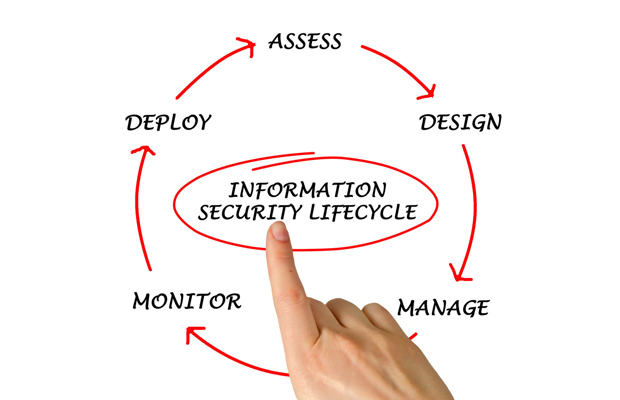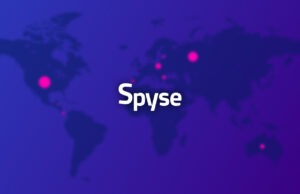Using Situational Awareness To Improve Emergency Response

Knowing what is going on around you (i.e. situational awareness) is critical in all aspects of life, and especially personal and organisational safety. Too often responses to critical situations are made less efficient by a poor awareness of the environment and situation that can be caused by a number of things such as: confusing or ambiguous information, unresolved discrepancies in information, human error, poor visibility of the situation, use of improper procedures, or a departure from regulations.
Faster More Informed Decisions Through PSIM
More and more organisations are now making use of PSIM software (physical situation information management) in order to improve their situation awareness and responses to various situations. Command and control centres are required to monitor thousands of senor feeds and systems which can create noise, meaning prioritising risk is resource draining and critical details can sometimes be missed reducing the efficiency of emergency response.
PSIM integrates the many physical and disparate security devices and systems (e.g. cameras, door systems, communication systems and operating procedures) and collects data, analyzes the data to identify the situation and priority, verifies and presents the information in a digestible format, provides a recommended resolution, and reports on the events and provides an audit trail.
In order to make fast decisions the situation needs to be displayed effectively. With PSIM software such as Qognify’s Situator, GIS is integrated allowing security personnel to quickly identify the exact location of the incident. Situator can also be integrated into mobile applications allowing field personnel to view, identify and respond to emergency situations no matter where they are for faster response. PSIM allows real-time insights to be delivered to the right time at the right people.
Automated Workflows And Procedures
PSIM can also enforce response procedures and can automate complex workflows in real-time to reduce any human error. For example if a fire has been detected and cannot be contained by security personnel, the PSIM can then offer an automated dialling option to a local fire service to be authorised. GIS allows the PSIM to display evacuation routes and alternative fire fighting devices to the mobile security personnel. As an added safety precaution by using intrusion detection analytics PSIM can inform security personnel who has not evacuated and is in an unsafe area.
Situations can sometimes unfold in seemingly random ways, for tasks and notifications that are not handled effectively within a predetermined timeframe PSIM has escalation policies that can be reassigned to different resources and people who may be in a better position to handle the incident.
Benefits Of PSIM
By connecting the dots between seemingly unrelated events, PSIM delivers real-time insights to the right people at the right time. By collecting and analysing data from many different security systems and presenting them in a digestible manner organisations can make quick and effective decisions. Automated workflows allow for fast and compliant response to situations to potentially save lives and resources. In addition PSIM such as Situator has extensive reporting and debriefing capabilities allowing an organisation to review incidents to seek future improvements or for legal purposes.













 © 2024
© 2024
0 comments